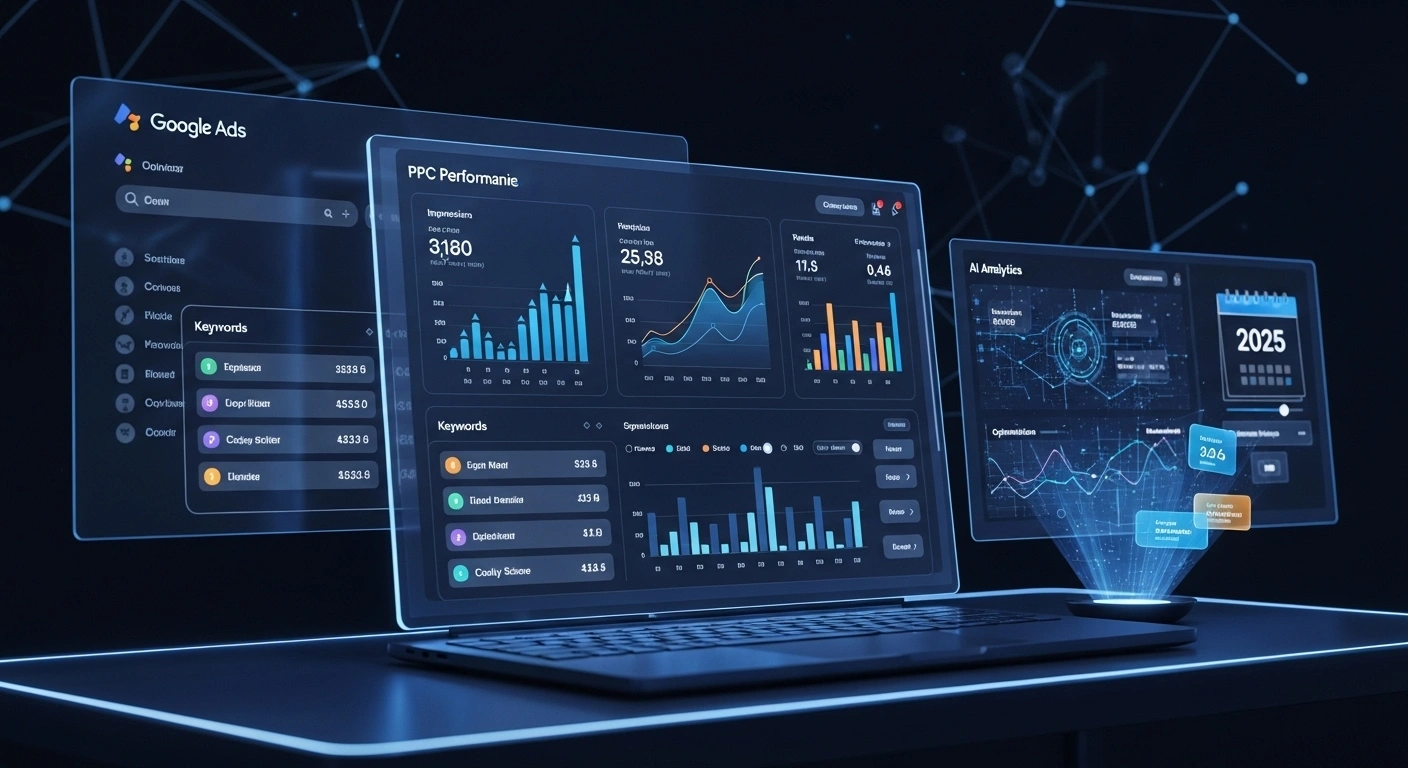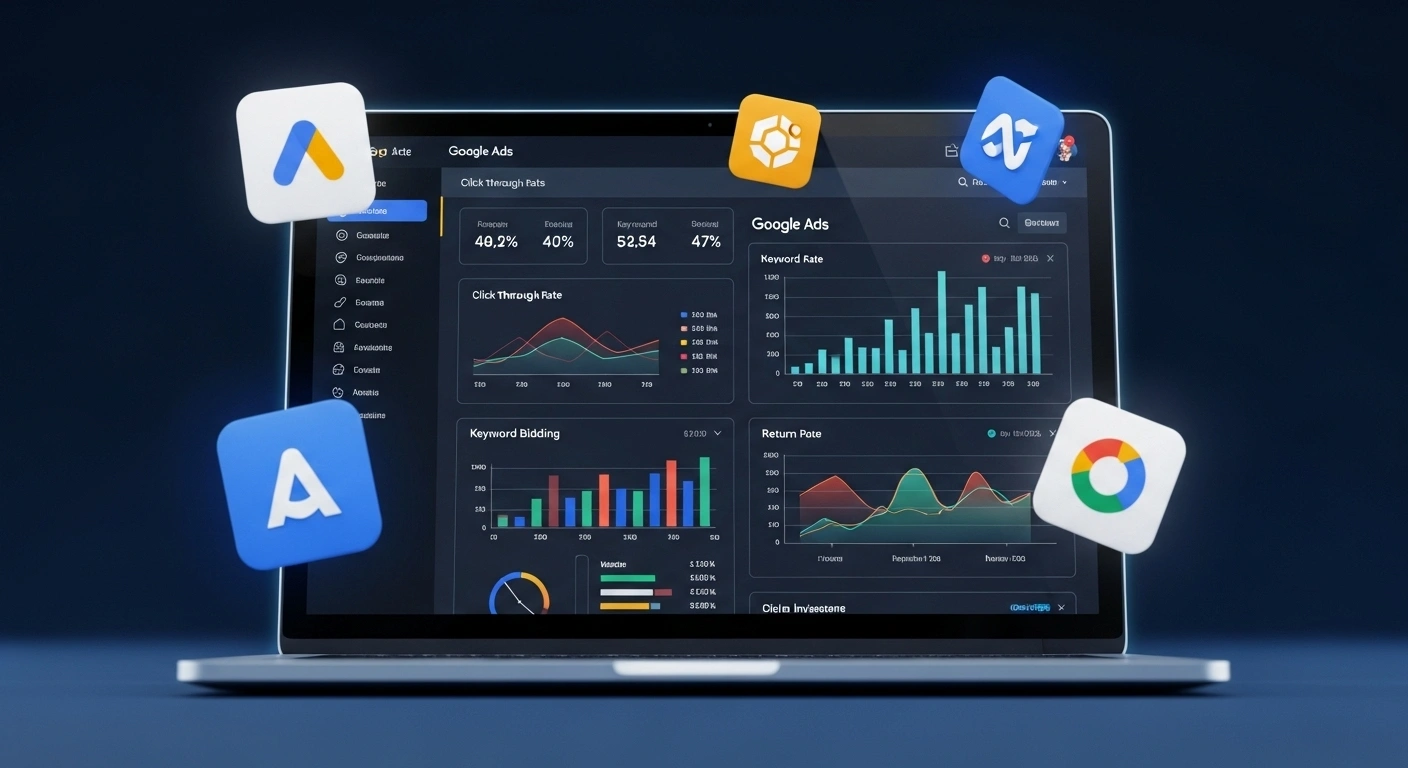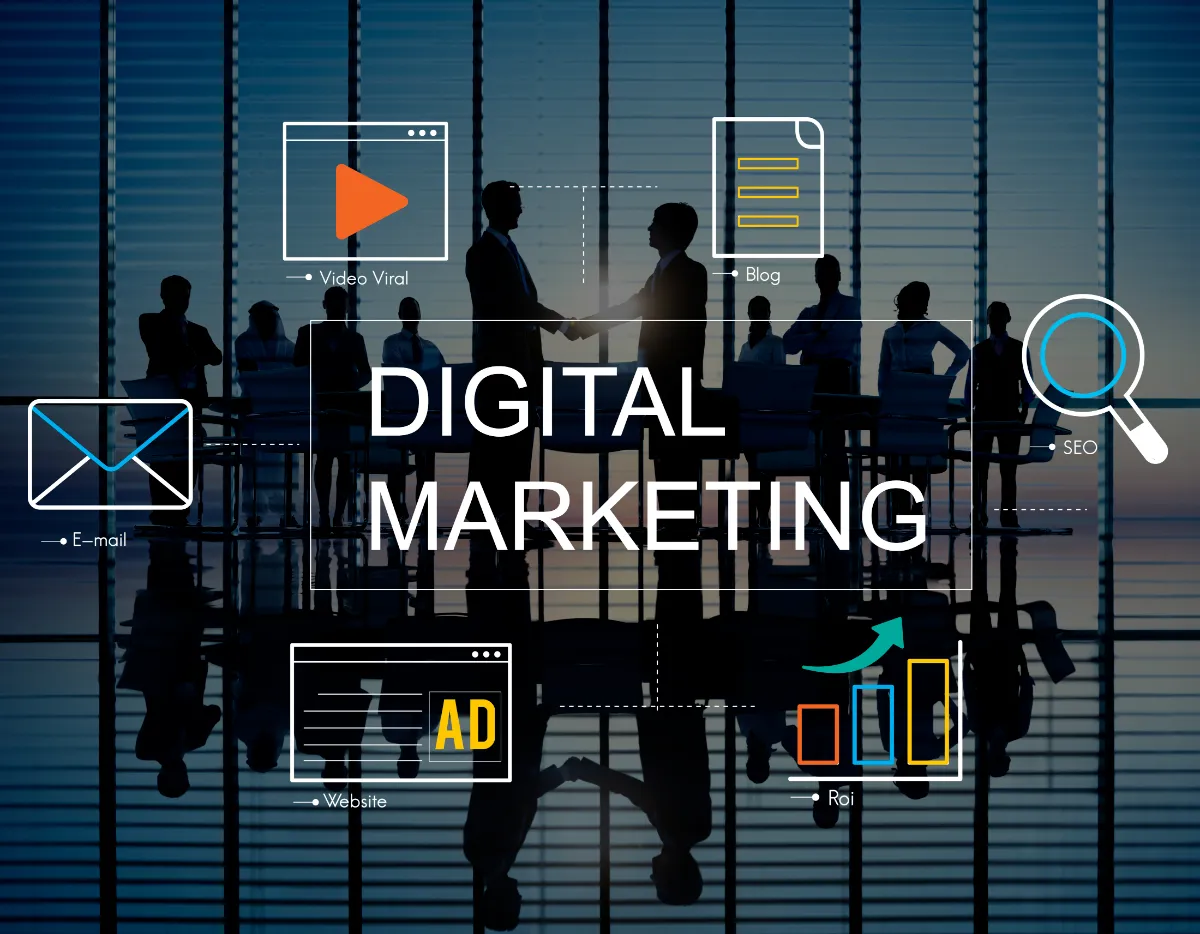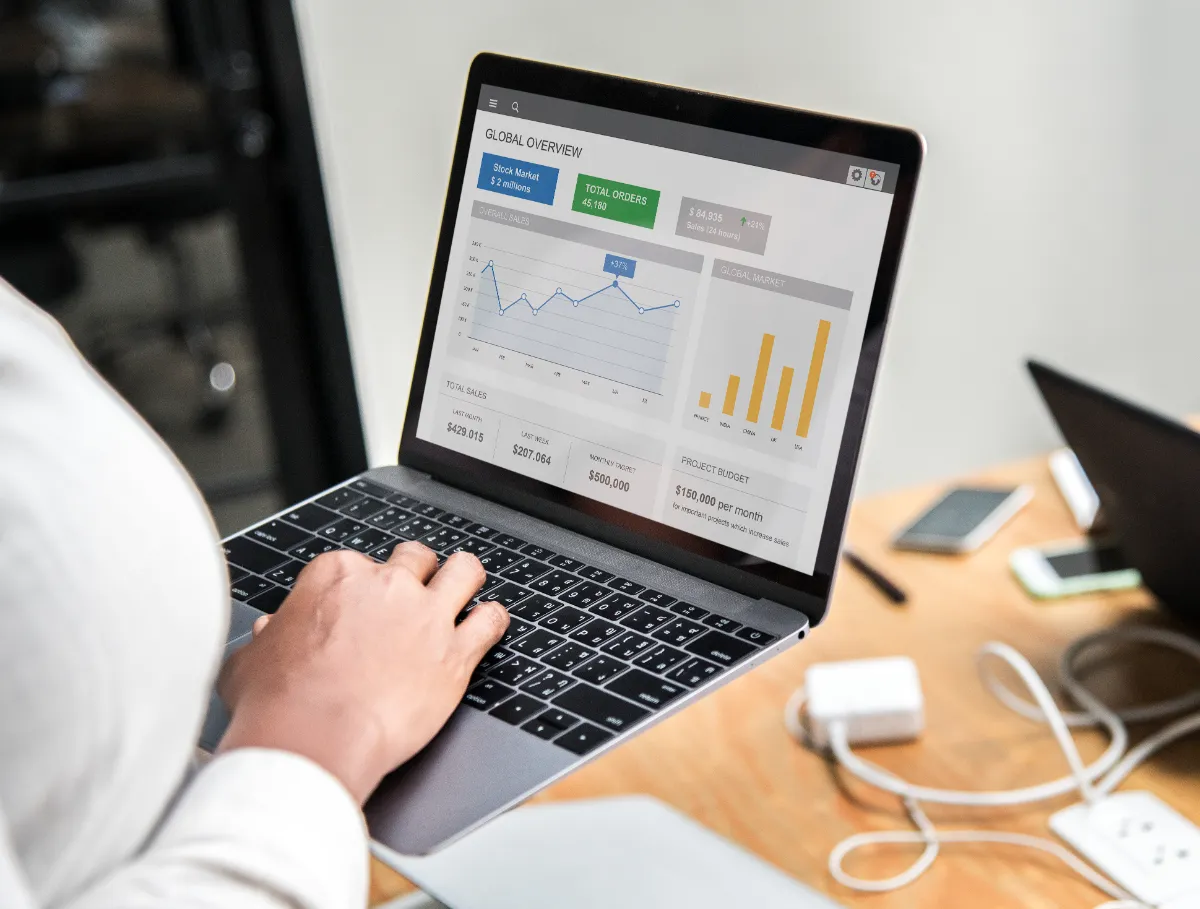1. Introduction
As we navigate the rapidly evolving digital landscape in 2025, Google PPC advertising continues to dominate the paid marketing space. With rising competition, increasing automation, and Google’s ever-evolving algorithms, advertisers must adapt to stay ahead. What worked a few years ago may no longer be effective today.
Businesses of all sizes still rely heavily on Google PPC ads to attract high-intent traffic, generate leads, and drive conversions. From Search and Display to YouTube and Performance Max, Google’s ad platforms offer unmatched reach and targeting precision.
In this article, we’ll explore the top Google PPC strategies for 2025, including advanced bidding techniques, automation updates, audience segmentation, visual ads, and more. Whether you’re a business owner or a digital marketing agency, these strategies will help you build stronger, smarter PPC campaigns this year.
2. Why Google PPC Still Dominates in 2025

Despite the rise of social media and alternative ad networks, Google PPC remains the go-to channel for results-driven advertisers. Here’s why:
1. Unmatched Reach
Google Ads powers placements across the Search Network, Google Display Network, YouTube, Shopping, Discover, and Gmail. With billions of searches daily, no other platform gives you access to such a wide and diverse audience.
2. AI-Powered Targeting
In 2025, Google’s AI capabilities have become even more sophisticated. Smart Bidding, Performance Max, and real-time optimizations allow advertisers to leverage machine learning for better ad delivery and return on investment.
3. Real-Time Bidding Control
Google PPC gives advertisers full control over keyword targeting, bid adjustments, budget allocation, and ad placement—unlike many closed systems where advertisers rely solely on black-box algorithms.
3. Smart Bidding with First-Party Data
As third-party cookies phase out, Google PPC ads now depend more heavily on first-party data.
What Is First-Party Data?
First-party data is information your business collects directly from your audience, such as:
- Website activity
- CRM data
- Purchase history
- Email subscriptions
Using First-Party Data in Google Ads
- Upload your customer lists to Google Ads using Customer Match
- Use remarketing audiences based on site visitors and engagement
- Integrate Google Ads with your CRM or GA4 for better audience insights
This data feeds into Smart Bidding, allowing Google’s algorithm to bid more efficiently based on user intent and historical behavior.
4. Enhanced Responsive Search Ads (RSA) Optimization
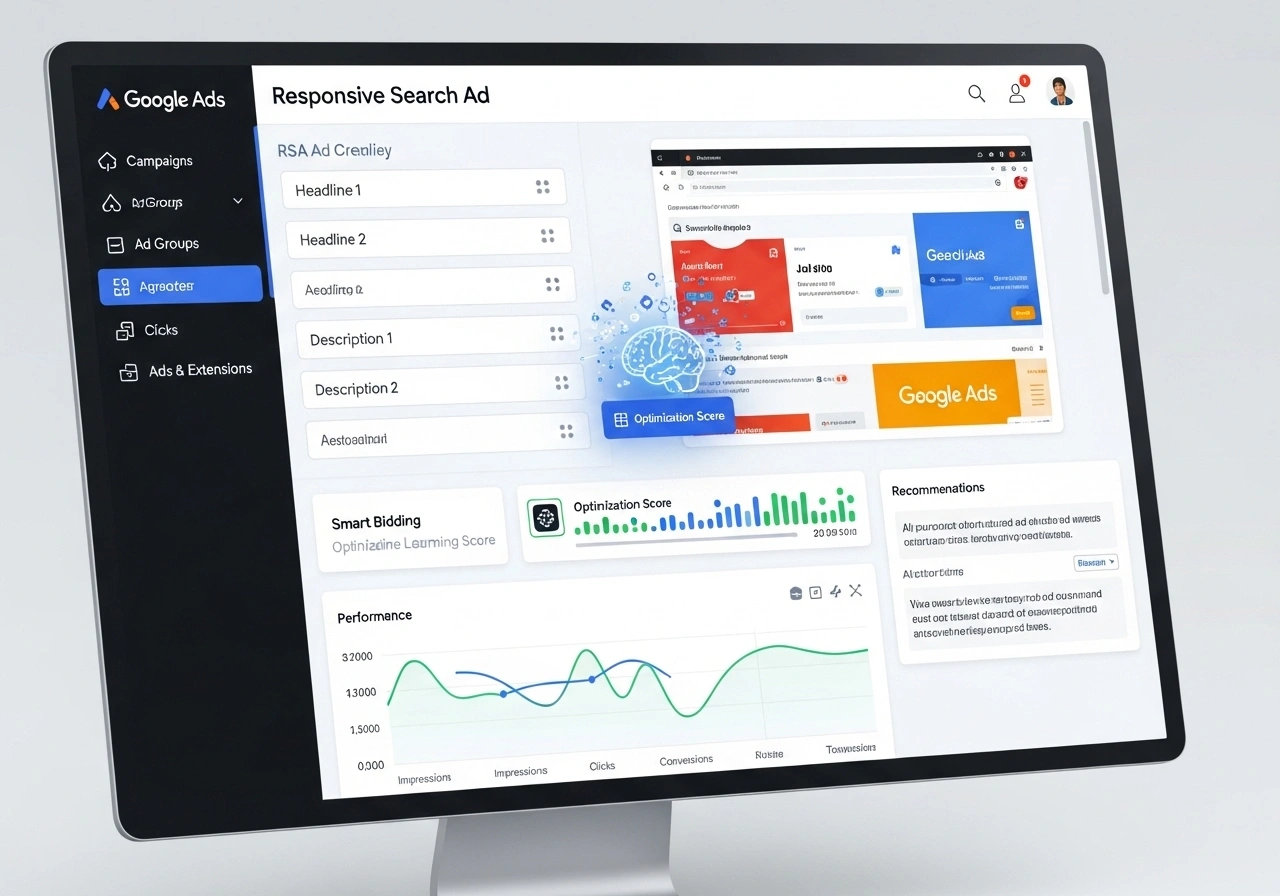
In 2025, Responsive Search Ads (RSAs) are the default ad type for Google Search campaigns. To maximize their potential:
Write Strong Headlines & Descriptions
Use a mix of:
- Keywords (e.g., “Affordable PPC Ads Strategies”)
- Benefit-driven phrases (e.g., “Get More Leads in 7 Days”)
- Call-to-actions (e.g., “Start Your Free Trial”)
Use Pinning Sparingly
Pin only essential headlines to specific positions to maintain variety and ad strength.
Test and Learn
Google’s Ad Variations tool allows you to test different messaging across RSAs, helping you improve CTR and conversion rates over time.
5. Audience Segmentation & Layering
Gone are the days of keyword-only targeting. The most effective PPC ads strategies now layer audience intent with behavior.
Key Audiences to Target:
- In-market audiences (ready to buy)
- Affinity audiences (long-term interest)
- Custom segments (based on URLs, apps, or interests)
By combining these audiences with keyword targeting in your Search and PMax campaigns, you can drastically improve ROI.
6. Performance Max Campaigns: Next-Level Automation
Performance Max (PMax) has matured into one of the most powerful tools in the Google PPC arsenal.
Why It’s Critical in 2025:
- Access to all Google inventory with one campaign
- Automated bidding, targeting, and placements
- Real-time learning based on your goals
Best Practices:
- Upload high-quality images, videos, and headlines
- Provide audience signals to guide the algorithm
- Ensure robust conversion tracking using GA4 and enhanced conversions
When to Use It:
- E-commerce stores with product feeds
- Lead generation campaigns with multiple conversion actions
- Brands with high-quality creative assets
7. Location-Based Bidding & Local PPC

Local businesses can maximize their budget with geo-targeted PPC ads strategies.
How to Use Local Targeting:
- Set up radius targeting or select specific zip codes
- Adjust bids for high-performing locations
- Use location extensions to show business address, hours, and directions
For service businesses, call-only ads or call extensions can help generate direct inquiries from mobile users in your area.
8. Visual & Video PPC Ads Strategies
In 2025, attention spans are shorter, and users crave visual content. That’s where Display and YouTube PPC ads excel.
Display Ads Best Practices:
- Use clear, high-resolution images
- Include your value proposition and CTA
- Optimize for mobile placements
YouTube Ads in 2025:
- Focus on short-form video (15 seconds or less)
- Use skippable in-stream ads to maximize engagement
- Target based on intent (e.g., people searching for your service)
You can also run video ads through Performance Max, blending search, display, and video in a single campaign.
9. Conversion Tracking & Enhanced Attribution
To improve ROI, tracking every interaction is non-negotiable in 2025.
Set Up GA4 with Google Ads
Ensure you:
- Link your GA4 and Google Ads accounts
- Set up conversion events like purchases, form fills, and calls
- Use Enhanced Conversions for better attribution
Adopt Data-Driven Attribution
This model gives credit to all touchpoints in the buyer’s journey, helping you understand what really drives conversions.
Track Micro-Conversions
In addition to final actions, track user behaviors like:
- Scroll depth
- Video views
- Button clicks
These signals help Smart Bidding make smarter decisions.
10. Budget Management & Optimization
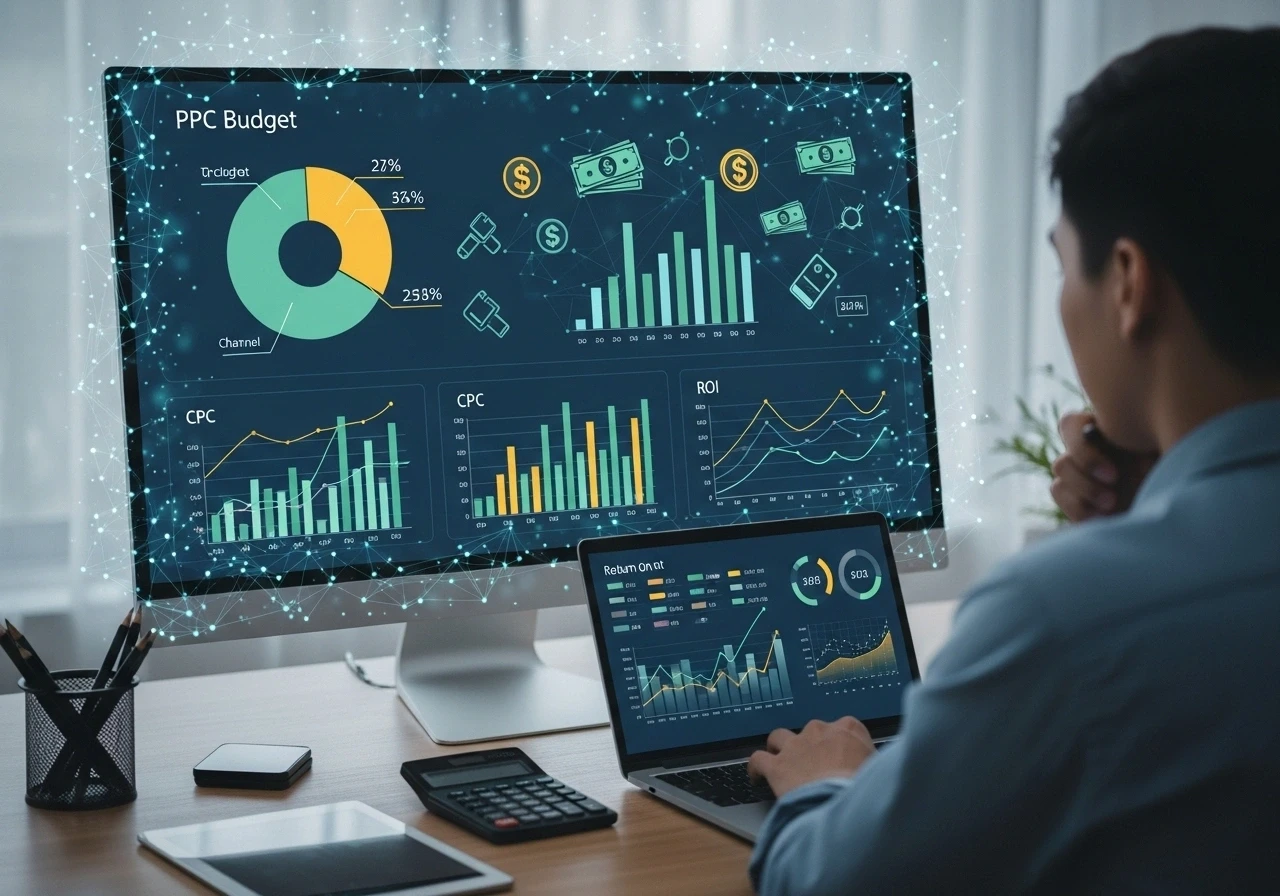
Optimizing ad spend is one of the most important Google PPC strategies today.
Set Realistic Budgets
Base your budget on:
- Average CPC in your niche
- Customer lifetime value
- Monthly conversion goals
Daily vs. Monthly Budgeting
Daily budgets give you better control and pacing, but monitor performance regularly to avoid under-delivery.
Use Scripts & Rules
Automate actions like:
- Pausing low-CTR ads
- Raising bids on high-performing keywords
- Sending alerts when cost-per-conversion increases
11. A/B Testing Ad Copy and Landing Pages
Split-testing remains a cornerstone of smart PPC ads strategies.
Test Ad Elements:
- Headlines vs. headlines
- Descriptions
- Display URLs
Test Landing Pages Using Tools Like:
- Google Optimize
- Unbounce
- VWO
Message Match Is Key
Ensure your ad promise is fulfilled on the landing page. A consistent experience improves Quality Score and conversions.
12. Remarketing with Google PPC Ads
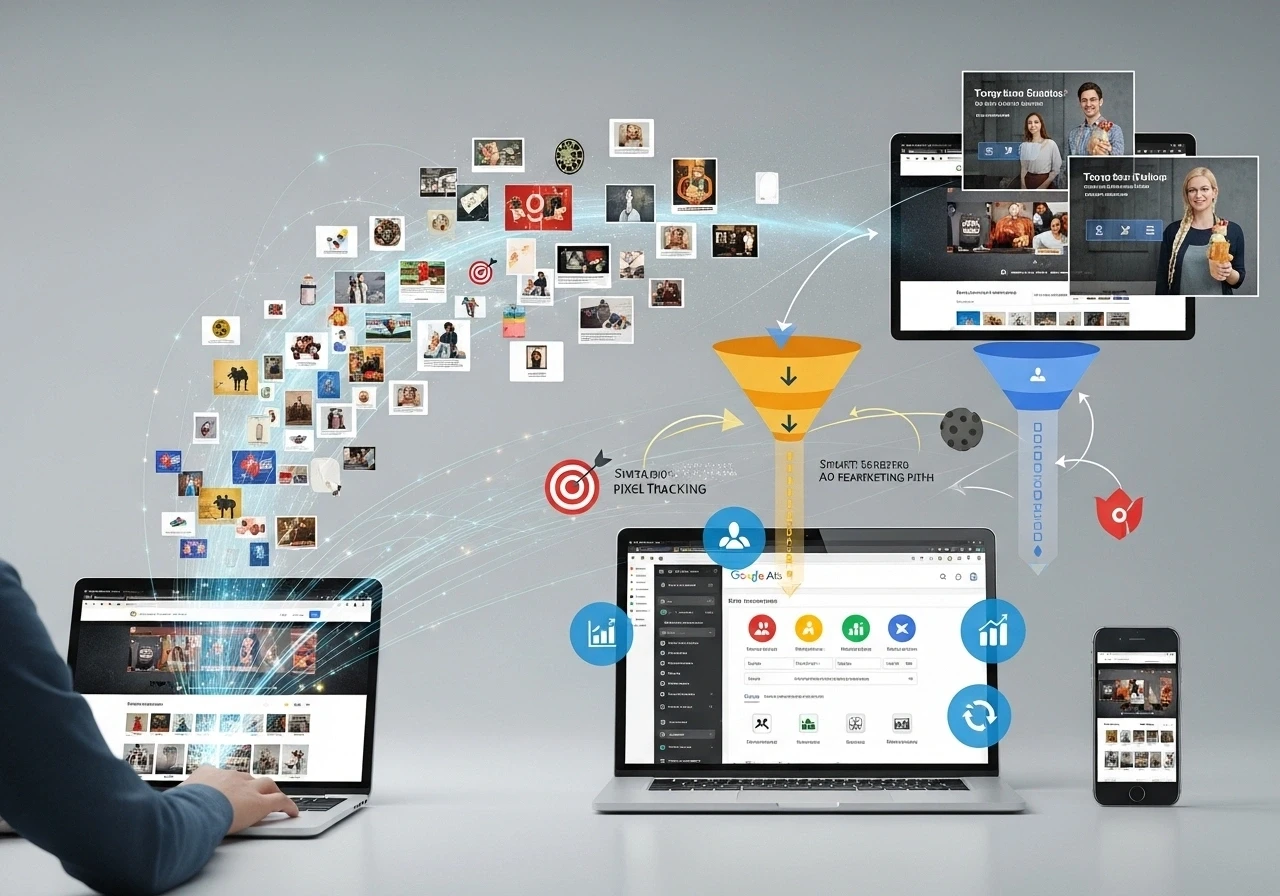
Don’t forget to follow up with users who showed interest but didn’t convert.
Set Up Remarketing Lists:
- Website visitors
- Abandoned cart users
- Video viewers
Use Dynamic Remarketing
Perfect for e-commerce. Show users the exact products they viewed, with personalized pricing and offers.
Apply Frequency Capping
Prevent ad fatigue by limiting how often a user sees your remarketing ads.
13. Final Tips for 2025 Google PPC Success
Want to conquer Google PPC in 2025? Focus on AI‑optimized bidding, tailor-made responsive ads, and seamless mobile optimization for maximum impact. Discover how our services bring these strategies to life.
- Stay Updated: Follow Google Ads updates, policy changes, and feature rollouts.
- Embrace AI: Use automation tools but keep human oversight.
- Combine Channels: PPC, SEO, and CRO work better together for long-term ROI.
14. Conclusion
Maximize your ROI with the top Google PPC strategies for 2025, including AI-driven bidding and smart audience targeting. These advanced tactics ensure better visibility and conversions. Explore how we implement them in our digital marketing services.
Google PPC continues to lead the paid search world in 2025, but success requires more than just turning on campaigns. It’s about leveraging data, embracing automation, crafting compelling creatives, and continuously optimizing.
By applying the PPC ads strategies shared in this guide — from Smart Bidding and Performance Max to audience targeting and remarketing — you can run smarter, more profitable Google PPC ads that drive real business growth. Contact Us.
Frequently Asked Questions (FAQs)
1. What is PPC and how does it work on Google in 2025?
PPC (Pay-Per-Click) is a digital advertising model where you pay only when someone clicks your ad. In 2025, Google Ads uses AI-driven bidding, keyword intent analysis, and audience targeting to maximize ROI.
2. What are the most effective Google PPC strategies in 2025?
Top strategies include AI-powered Smart Bidding, Performance Max campaigns, audience segmentation, responsive search ads, and real-time data optimization.
3. How can I lower my cost-per-click (CPC) in Google Ads?
You can lower CPC by improving your Quality Score, refining keywords, using negative keywords, and optimizing ad relevance and landing page experience.
4. What is Performance Max and why is it important in 2025?
Performance Max is a Google Ads campaign type that uses AI to run ads across all Google platforms. In 2025, it’s crucial for reaching the right audience with minimal manual effort and higher conversion potential.
5. Should I hire a PPC agency or manage Google Ads myself?
If you’re not experienced with PPC or lack time, hiring a PPC agency ensures expert strategy, continuous optimization, and better ad performance.

